Denmark’s second largest city lived a 2017 full of activities as the European Capital of Culture and this year it holds the European Volunteering Capital. Let’s find out how volunteering is in this Northern European city.
Last 5th December, at the ceremony where Sligo took over the baton from London and became the European Volunteering Capital 2017, Aarhus was nominated as the European Volunteering Capital 2018. Here we take a look at the focus of the candidacy of Aarhus and the city’s approach to volunteering.
An opportunity to reinforce citizen participation
Henriette Andersen, the programme manager of volunteering and citizenship at the Health and Care Department of Aarhus, has been one of the key people for the Danish city’s candidacy. For her, this nomination brings an opportunity to further consolidate the culture of volunteerism in the city, which has more than 2,700 active associations: “It is a huge recognition of our volunteers who are contributing to create a better city. We can use the title to break down barriers and push participation even further”.
Exactly one of the points that drew the attention of the jury of this CEV designation is the Strategy for Active Citizenship adopted by the City Council of Aarhus in 2015, that was defined with an active participation of the citizens. As Andersen explains, more than 700 people participated developing this strategy jointly (volunteers, members of associations, enterprises, education institutions and the administration): “The Strategy creates strong foundations for the development of voluntary and local commitment and sets the framework and direction for volunteerism, citizen involvement and cooperation in Aarhus”.
Volunteering as a tool to fight extremism and for social inclusiveness
Within the framework of this strategy, volunteering is seen as a tool to prevent extremism and to tack social exclusion in several senses. In a country where, as in others around Europe, the far right is gaining in popularity, in Aarhus they can be proud of initiatives such as Venligboerne (Friendly Citizens), a movement that welcomes asylum seekers and that emerged from citizens themselves through a page on Facebook and allows anyone to donate furniture or clothes, organise events and offer practical help.
However, the idea of volunteerism as a tool for social inclusion stretches much further. For Henriette Andersen “volunteering has the possibility to transcend roles and thus prevent marginalization e.g. when people who are considered vulnerable mobilize their resources and do voluntary work”. That is why, from the City Council of Aarhus, they insist on the need to get everyone involved.
They also believe that it is necessary to strengthen volunteerism so that it gains relevance in two important moments of transition and especial vulnerability: the step from studying to working in the case of youngsters, and the transition from work life to senior life.
Investing in volunteering
A further aspect that was greatly valued by the jury was the funding mechanisms in Aarhus for volunteering associations. “We continuously have to invest in, support and fund volunteering. It is a common mistake that volunteering doesn’t cost anything”, says Henriette Andersen. However, for her, this investment is more than justified: “We have to invest in volunteering because it creates recognition, social cohesion and community: important values that we can’t solely provide with professional services and money”.
Volunteering Capital... and Capital of Culture
Aarhus will take over from Sligo (Ireland), which is the current European Volunteering Capital. Before that, the city faces another important challenge: during 2017 it will be the European Capital of Culture under the slogan “Let’s Rethink”. Volunteering will play an important role here, since it is estimated some 4,000 volunteers (also called “ReThinkers”) will make it possible for the many artistic and cultural events planned throughout the city during the year to take place.
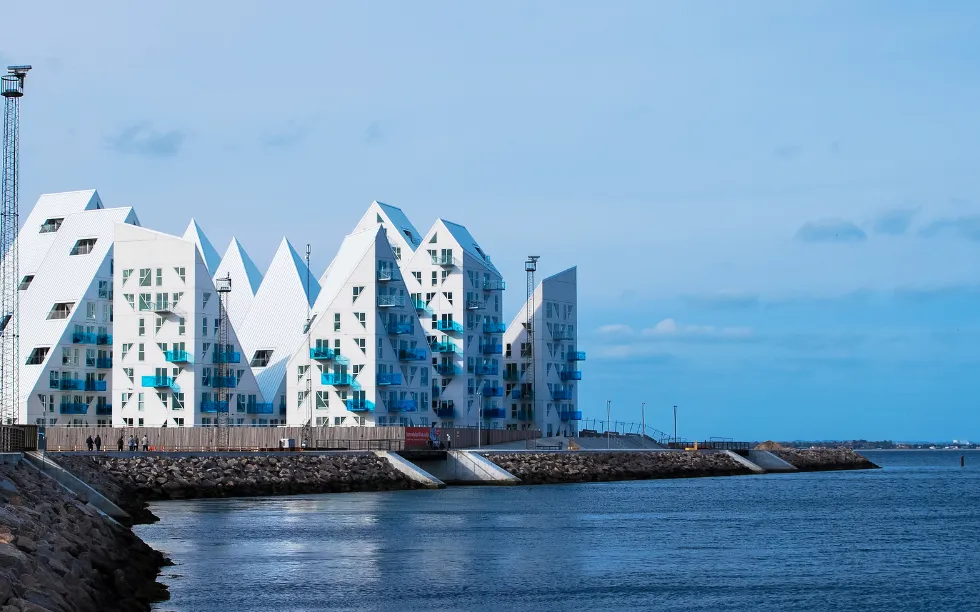
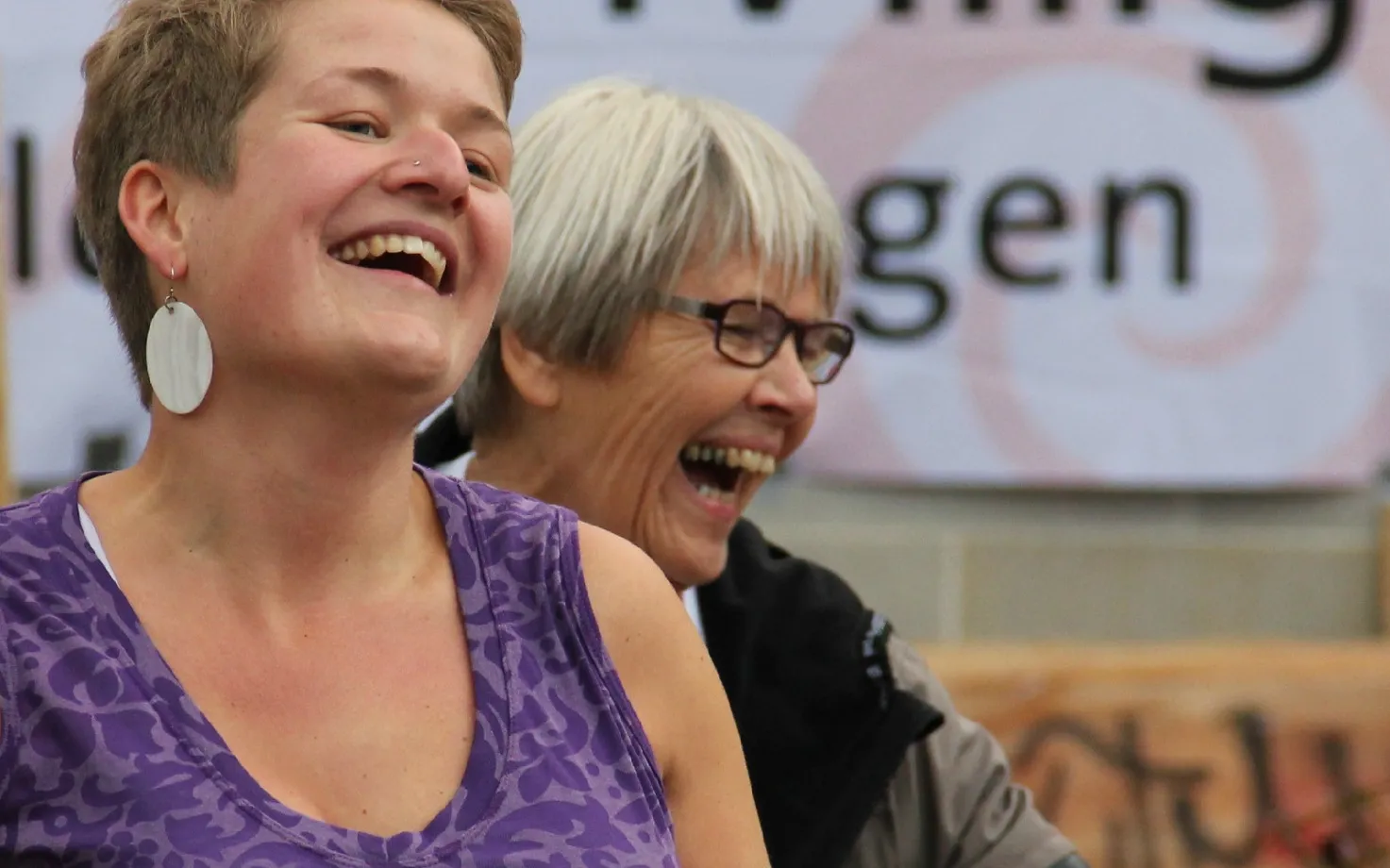
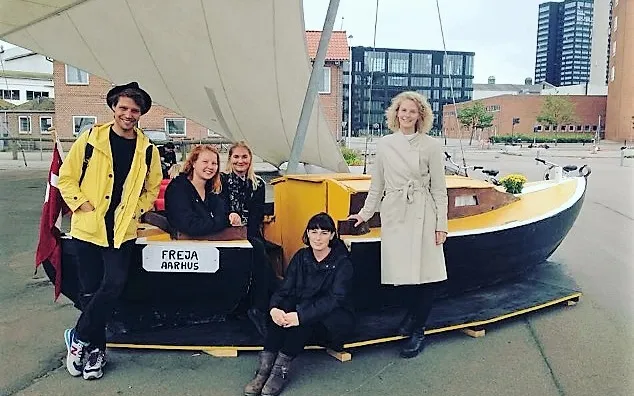
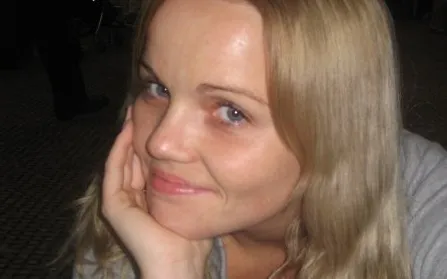


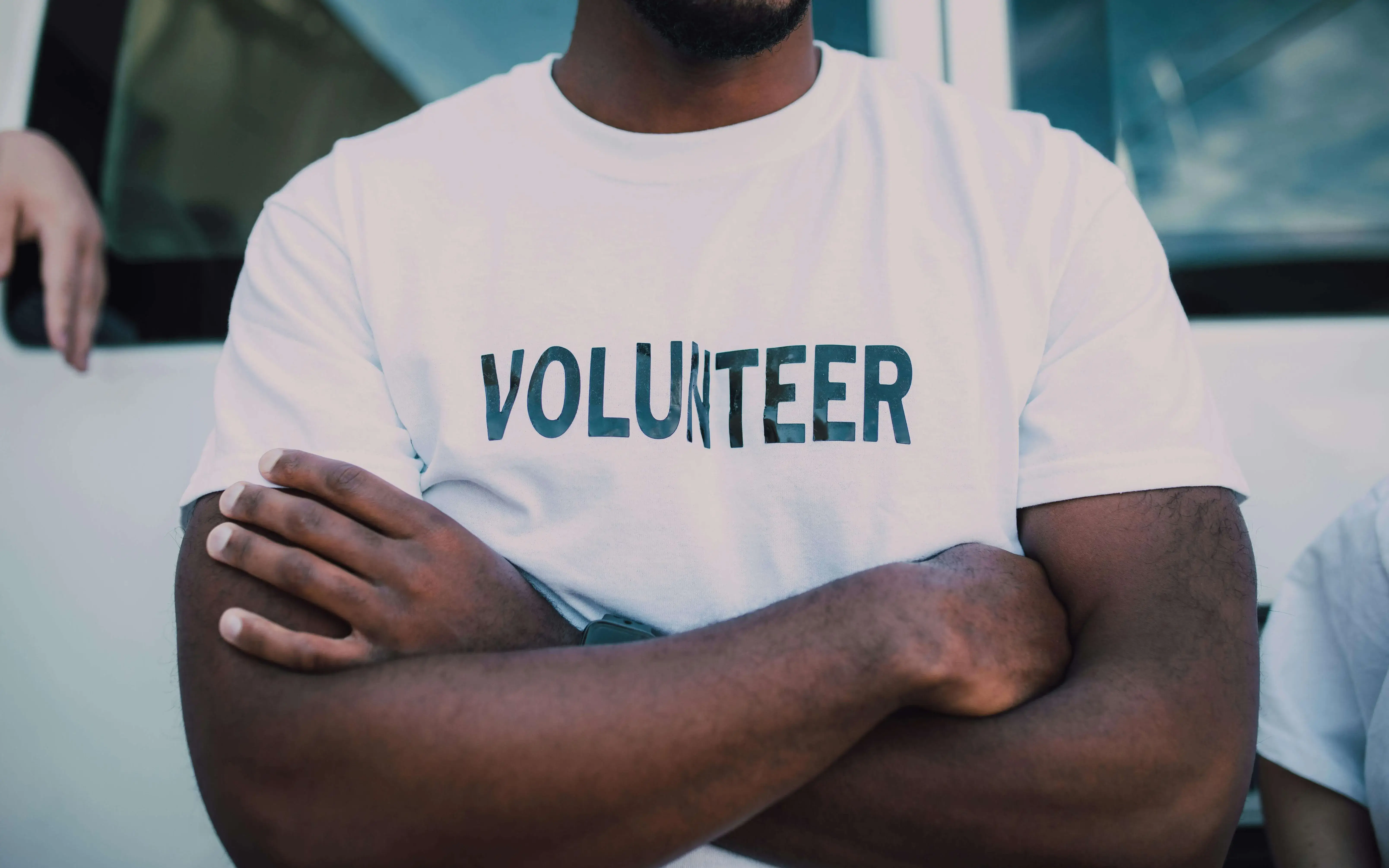
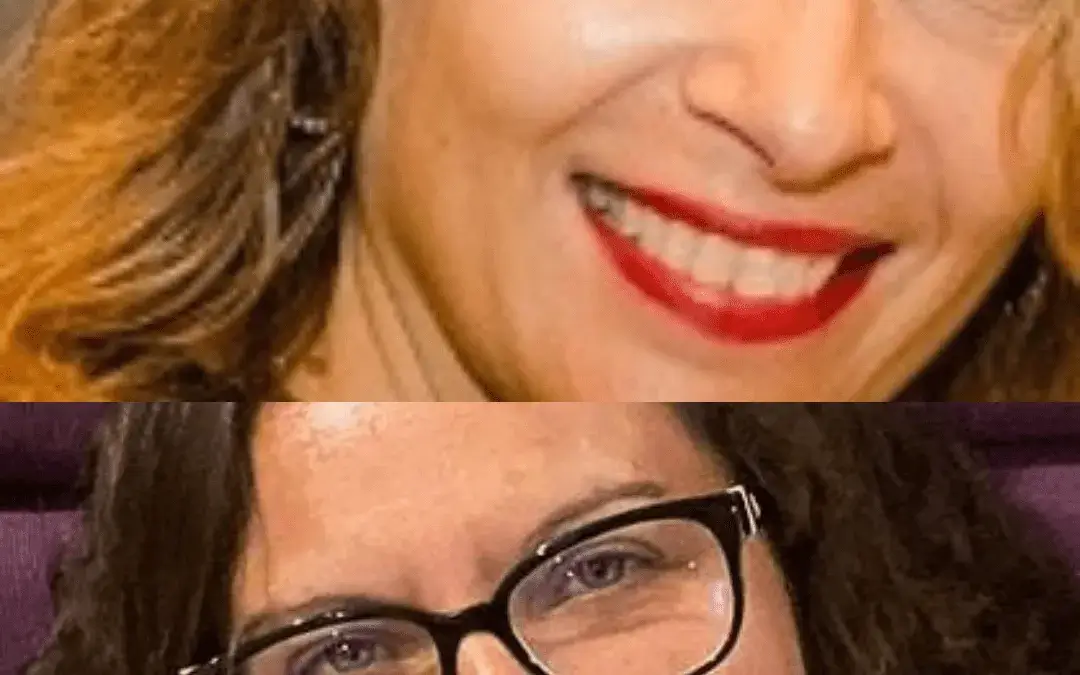


Add new comment